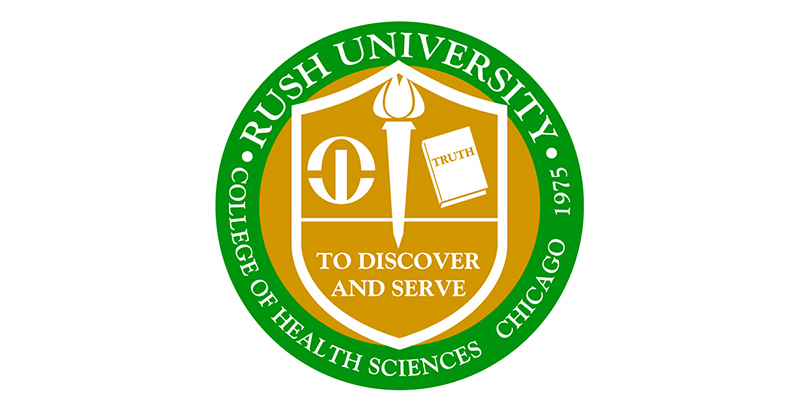Rush’s challenge: Simplifying the applicant experience
Seven years ago, Dina Batlivala, director of marketing and admissions for Rush University’s College of Health Sciences, realized that investing in Liaison’s Centralized Application Services (CASs™) would allow Rush to deliver a better applicant experience while saving time for the admissions office. “Fundamentally, we knew this was going to be the wave of programs moving forward,” she said. “We offer mostly master’s programs, and our applicants had the CAS experience as undergrads — they were accustomed to applying to schools across the country electronically.”
Though Rush is a small institution, with about 2,800 active students, 4 colleges and over 30 degree programs, Batlivala knew that to maintain a high level of customer service, they needed to adopt a common application system.
“Students now are typically applying to 8-10 schools. Our applicants are among the top 10 in their peers around the country — they’re getting accepted to multiple schools,” said Batlivala. “I was concerned if we didn’t get on board, we’d lose not just quantity, but reduce the quality of students applying to our programs.”
Liaison’s solution: Centralized applications with flexibility across programs
The College of Health Sciences offers 15 degree programs, “and every one does something slightly different,” Batlivala said. The College started with CSDCAS™, the CAS for speech-language pathology and audiology programs. It now also uses:
- AHCAS™, the CAS for allied health programs.
- DICAS™, the CAS for dietetic internships.
- CASPA™, the CAS for physician assistant programs.
- HAMPCAS™, the CAS for health administration programs.
- OTCAS™, the CAS for occupational therapy programs.
- AMCAS™, the CAS for medical schools.
- NursingCAS™, the CAS for nursing programs.
“We implemented slowly, per program,” said Batlivala. Reducing manual processes allowed the institution to manage applications more efficiently — numbers grew as various programs gained national recognition. “Each program has minimum requirements that are rarely malleable; they’re set for students to be successful in each program. We’re able to gauge quickly who meets the minimums right off the bat and see how the quality is trending.”
Batlivala spends time working with faculty to get them comfortable with the services. “For the majority of programs, it’s been really intuitive,” she said. “I teach the faculty and work one on one with them — especially during the first cycle. They really can see the benefits of the system,” she said.
Rush’s outcome: A better way forward
While in the scheme of things, Rush is small, Batlivala explained that CAS participation allows them to move forward as an academic institution and deliver better service to prospective students. “We’re processing about 7,000 applications per cycle and matriculating 300-350 students. In some programs, we have 2,000 applicants for 30 seats. There’s no room for us to go back to a manual process,” said Batlivala. “We have to use the system to function at such a high level.”
Rush’s results
With CAS, Rush was able to:
- Increase their national applicant pool and attract students from outside the Midwest.
- Quickly process a growing number of applications without adding staff.
- Report accurate data across programs to meet state and federal requirements.
